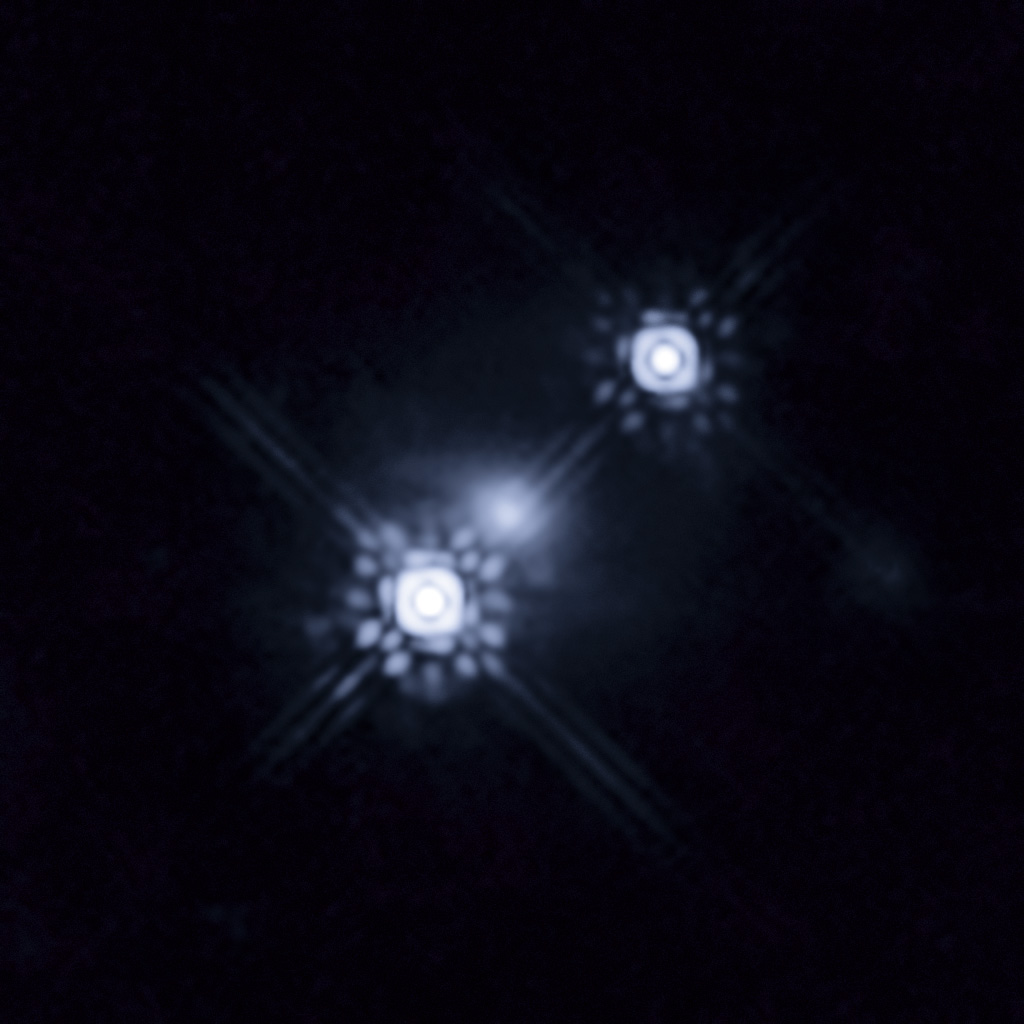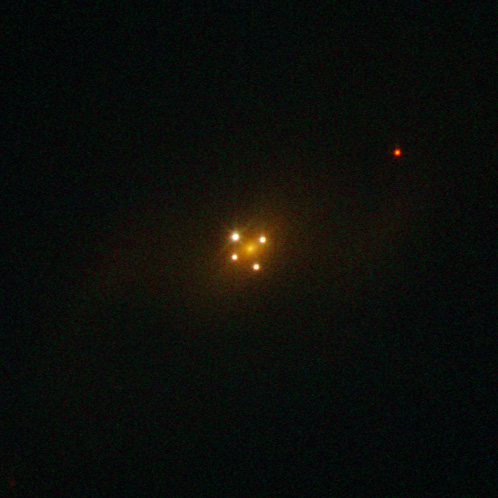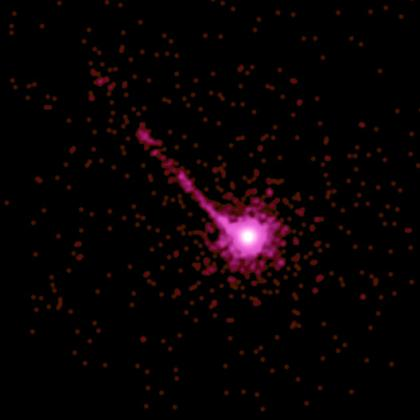Mysterious quasars.
"Bright halos around 18 distant quasars"(Wikipedia/quasar)
Virtual redshift, where a strong gravity field elongates light waves, can make a quasar seem to be at a longer distance than it is.
Quasars are "star-like objects" whose diameter is only a couple of light years. Those objects form as much energy as entire spiral galaxies, and they form around supermassive black holes. That means a quasar is a protogalaxy that can turn into a spiral galaxy. And actually, the galaxy nucleus is a quasar.
But, if the mass of the black hole is high enough and the material around it is thin, there is the possibility that the black hole pulls all material from around it. And then that thing makes this type of roque black hole hard to detect.
Researchers say that the distance to quasars is enormous. But the fact is that the black holes elongate light waves. And that means the virtual redshift can cause an effect that quasars are at longer distances. The gravitation affects redshift like this. The stronger gravitational field elongates lightwaves more than the weak gravitational field. That means the massive objects seem to be at longer distances than lightweight objects.
Then they are. And the reason for that is gravity pulls light waves longer. And that means the spectral lines travel more to the red than they otherwise should. Virtual redshift means that the black hole seems to be a longer distance than it is.
"Sloan Digital Sky Survey image of quasar 3C 273, illustrating the object's star-like appearance. The quasar's jet can be seen extending downward and to the right from the quasar". (Wikipedia,Quasar)
The shape of the spin of black holes could explain why there is so much energy in quasars. In theories, there are two spin axles in a black hole. Those axles would be in the "X" shaped form.
The shape of the spin of black holes could explain why there is so much energy in quasars. The idea is that the energy that makes a quasar shine at an energy level that is as high as a galaxy comes from the black hole's acceleration disk. Why acceleration disk is hotter than it should? There is a possibility that there are whirls in that acceleration disk. And the reason for that could be that the black hole spins around two axles.
Those axles would be polar and equatorial. The equatorial axre would send the radiation beam to the point, that we think is the black hole's poles. Then the poles and polar spin happen around the equatorial axle. That means the black hole's spin axles are in an "X"-shape position.
"The Chandra X-ray image is of the quasar PKS 1127-145, a highly luminous source of X-rays and visible light about 10 billion light-years from Earth. An enormous X-ray jet extends at least a million light-years from the quasar. Image is 60 arcseconds on a side. RA 11h 30m 7.10s Dec −14° 49' 27" in Crater. Observation date: May 28, 2000. Instrument: ACIS" (Wikipedia/Quasar)The polar spin makes a strong electromagnetic effect inside the event horizon. And that thing can make the energy impulses to the acceleration disk. Those energy impulses can make whirls in the acceleration disk. Those whirls make friction in the disk and raise its energy level.
But that interaction is more complicated, than just energy that travels out from transition disks. The black hole causes whirls in quasars and those whirls increase their energy level because friction in gas and dust increases the energy level in the material that surrounds the supermassive black hole that might be formed when gas and dust nebula falls because of its gravity.
Then those supermassive black holes pull gas and dust around them. The thing that makes quasars interesting is that they formed outside galaxies. And then those objects turn into spiral galaxies.
Quasars are objects, that form around black holes, and their luminosity is much higher than galaxies. The size of quasars is smaller than galaxies, and sometimes researchers introduce that quasars are protogalaxies. The galaxies would form later around those extremely bright objects.
https://scitechdaily.com/from-quasars-to-black-holes-spectral-energy-puts-established-theories-in-question/
https://en.wikipedia.org/wiki/Quasar











No comments:
Post a Comment
Note: Only a member of this blog may post a comment.